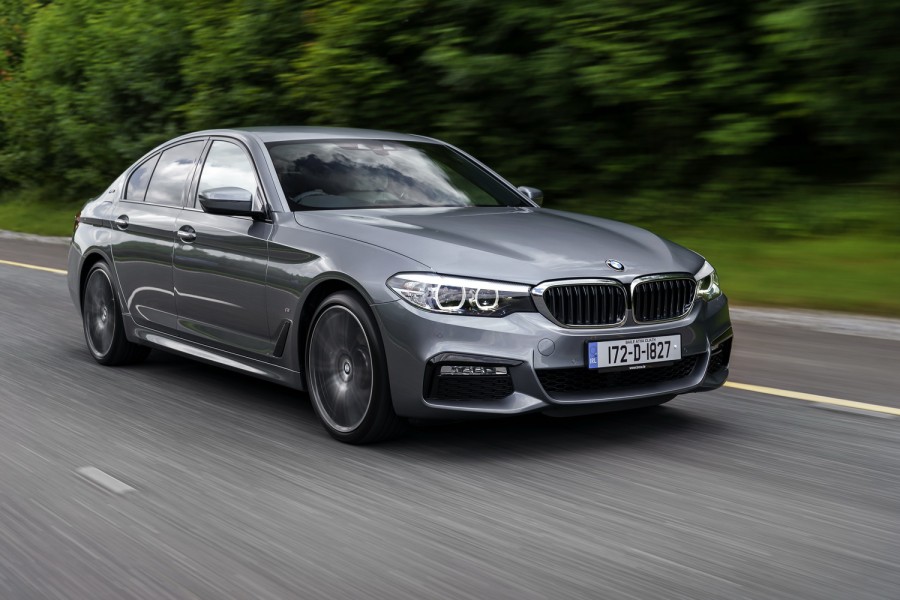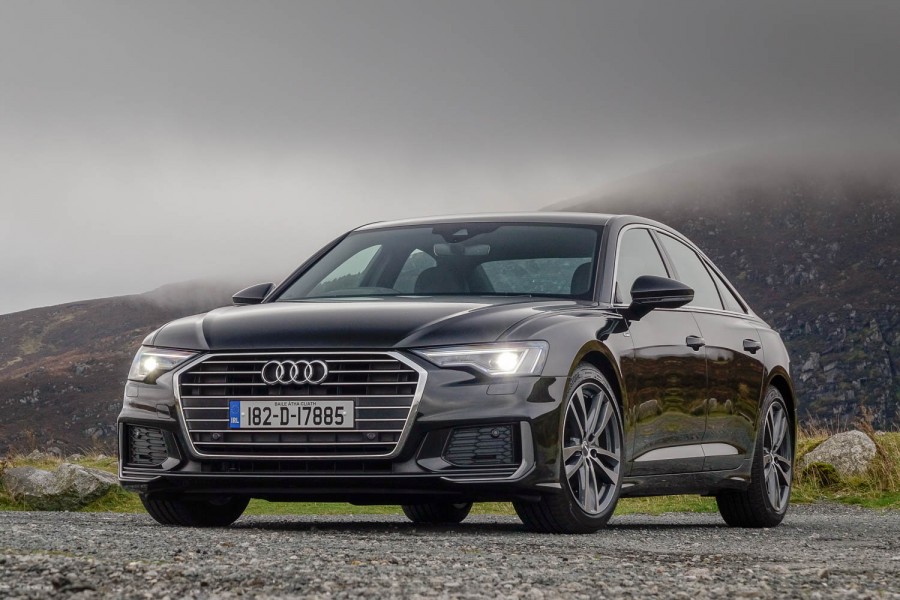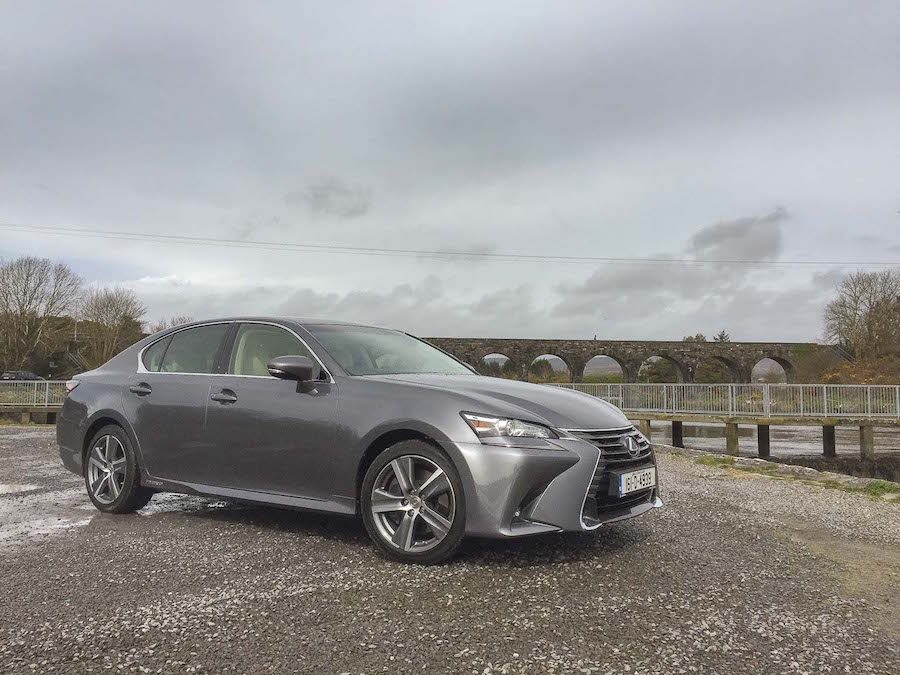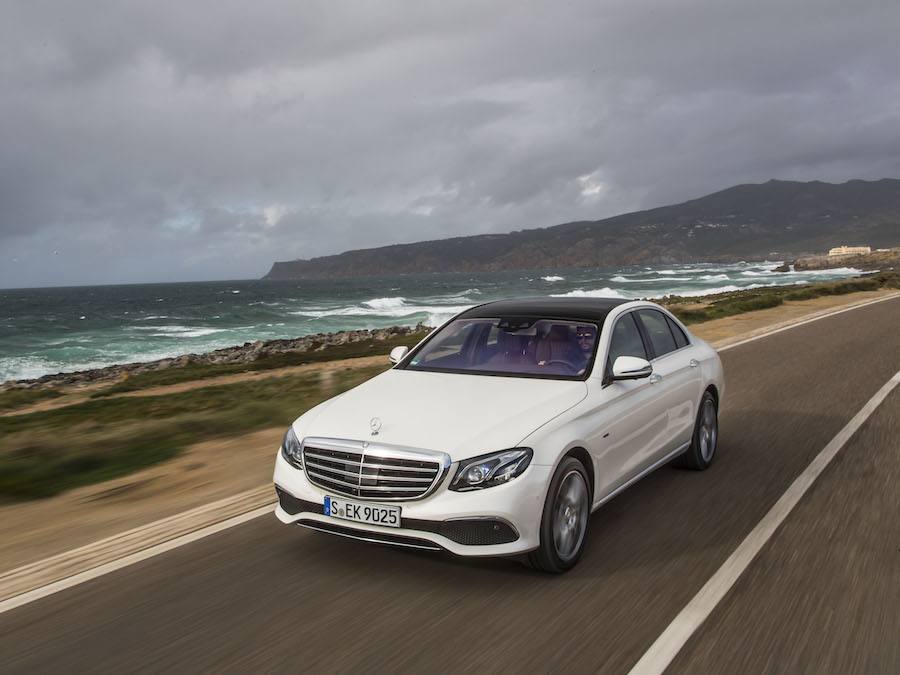What are you driving?
This is BMW's plug-in 5 Series, the car that provides a possible alternative to the default 520d diesel. Or does it? Actually, being a little more realistic, the 530e follows the nominative determinism of its badge, and is more realistically an alternative to a more expensive 530d, most of which is down to how it performs in terms of its average fuel economy as we shall see.
The 530e uses basically the same powertrain as the 330e plug-in, which is now no longer available. The 330e bit the bullet because BMW decided that, with the new 3 Series imminently on sale, it wasn't worth putting the 330e through the expense and red tape of the new WLTP fuel economy tests. The 530e remains on the price list though, and impressively gains only 3g/km on its CO2 emissions rating as a result of the new test (mind you, that's only on the half-way house NEDC-correlated test). It uses the 184hp 2.0-litre turbo four-cylinder petrol engine, lifted directly from the conventional 520i, and that's joined by a 95hp electric motor, which is fed power from a 9.2kWh battery stack. That battery can be recharged from a domestic socket, which takes around three hours, or you can do it a bit quicker from a higher output charging point. Fill up the battery (so to speak) and BMW claims that you will be able to travel for 50km on electric-only power, at speeds of up to 140km/h. (You actually won't, which we'll come to in a minute.)
The rest of the car is conventional 5 Series stuff, which means it's handsome, beautifully made, and never gives of even a whiff of being a 'weirdo' electric car - if such matters to you.
Name its best bits
The best bits are, for the most part, the bits that you get in any other 5 Series. While we accused the styling of being a touch bland when this G30 5 Series was first launched, it's matured rather nicely, and now looks neatly proportioned and very handsome (especially against the rather awkward-looking new 3 Series). The cabin is fantastic, with front seats that grip with a firm, but yielding, leathery hug and truly exceptional build quality. Electric-only running usually highlights any squeaks or unwanted rattles in a car, but in the 530e there was only silence. The all-digital instruments are nice too, still constrained within metal bezels, but mimicking the handsome look of old-school analogue dials, and probably rather nicer at which to look than BMW's new big-screen instrument pack.
The powertrain scores some points here too, as it's very smooth (the engine only rises above a distant murmur when you really nail the throttle pedal) and it's simple to use. Depending on the level of charge in the battery, the system will decide for itself how to juggle the use of amps and hydrocarbons, although you can of course select whether you want to use only battery (charge allowing), or maximise the petrol engine and save charge for later. It's an exceptionally smooth setup, and the changeover from sparks to spark-plugs can be very difficult to detect at times. Plus, there are the obvious taxation benefits from running a car whose official CO2 figure is under 50g/km.
Running on just electric, there's plenty of poke for urban driving (the electric motor deploys 290Nm of torque all on its lonesome) and the car will haul up to motorway speeds on just the battery if you tickle the throttle gently.
The best bit, of course, is the way the 530e drives. Although it's heavier than a 520i, at 1,845kg it's not doing too bad in the porky stakes (although a 520d by comparison is some 300kg lighter...), and the 530e's chassis shrugs off the extra bulk of the batteries and motor. The steering is a little lighter, perhaps, than you'll find in a diesel-engined model, but still accurate and with enough feel and feedback to be entertaining. The springs and dampers are very finely judged, and while this M Sport spec car, with its firmer setup and run flat tyres, never feels anything less than sportingly suspended, it's never uncomfortable nor jarring. In fact, the 530e treads a carefully wrought path between being calming and soothing on a long journey, but still entertaining when the road becomes curvier.
Anything that bugs you?
There are some dynamic shortcomings, though. Even with 252hp and a combined 420Nm of torque, the 530e just doesn't have that broad-chested thrust that you'd get in a 530d, and the brake system - which obviously combines both mechanical brakes and a brake energy recuperation system - can leave the middle pedal feeling a bit too light and unresponsive at times. You will stop, obviously, but you sometimes find yourself standing on the anchors a little more vigorously than you'd like.
Then there's the economy and range question. I've put this in the 'bugs you' section, but it's not as simple as a binary good/bad assessment - more that there are limitations and question marks.
On the good side, the battery charges quickly and easily (as long as you have off-street parking and handy access to a socket) and, yes, you can genuinely hum around town, silently and (locally) free from emissions, on your daily commute, school-run, or shopping trips. All of which is lovely, but you won't get 50km. The most we could get the digital dashboard to display on a fully charged battery was 30km, and that's a mildly optimistic figure depending on how you drive. Using BMW's 'Eco Pro' driving mode helps a little, but if you've got the air conditioning going, you'll probably struggle to hit 25km.
Throw in a couple of long motorway runs (we drove the 530e on two round trips from Dublin to Belfast and back), and you're never, ever going to get next or near the official 141mpg, (2.0 litres per 100km) fuel economy figure. Not even close. In fact (and this is why we describe the 530e as a 530d rival, rather than an alternative to the 60mpg+ 520d), we scored an overall average of 6.3 litres per 100km, or 44.8mpg. That's almost identical to the 43mpg we averaged in a 530d Touring when we tested it last year.
So, is that good? Well, it depends on how and where you drive. If your life is spent in town, covering short hops, and you have the ability and the inclination to keep the batteries topped up, then you could conceivably run the 530e on just the batteries most of the time, which would be cheap as cheap chips. Which would be great. If your regular driving includes lots of motorway miles, not only would a 530d or 520d probably be a better, and more cost-effective, idea, but I can't shake the feeling that a lighter, standard 520i probably wouldn't be too far away in fuel economy terms (it returns officially 52mpg on the combined cycle).
Oh, and while we're on the glitch list, the iDrive infotainment system seems to have become markedly more awkward to use (Apple CarPlay simply wouldn't connect, and the system is now less simple and straightforward than Audi's latest MMI setup) and interior space simply isn't as good as you'll find in the new Audi A6. Plus, the boot is smaller than that of the standard 5 Series, by some 105 litres.
And why have you given it this rating?
I was tempted to give the 530e four stars, simply because it's a great-looking car, with a terrific chassis and a gorgeous cabin. But the slightly narrow-band nature of the powertrain means that you have to tick some significant personal boxes for it to be the right car for you. It would be easy to say that this is the '5 Series of the Future,' but actually that's probably not the case. A fully-electric 5 Series, with a 500km+ range (and more importantly a national charging network that is actually sufficiently populous and functional, but that's not BMW's problem) would be more futuristic by far. As it stands, the 530e is hugely appealing, both from a driving and taxation point of view, but for most of us, a conventional 520i might be a better bet if you're looking for an alternative to diesel.












































